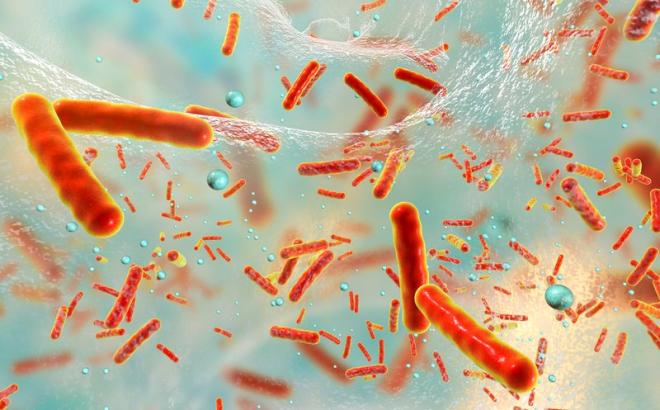Digital games for better mental health in adolescents
A mobile augmented reality game fosters sense of belonging in adolescents. The D.O.T. (Die Offene Tür - The Open Door) research team of the Karl Landsteiner University of Health Sciences and the Ludwig Boltzmann Society designed the educational game.

New technologies to encourage social interactions among schoolmates The game LINA is played by a whole school class together with their teacher. It offers adolescents the opportunity to enjoy gaming components, have fun and safely learn about prejudice, stigma on mental illness and social well-being. LINA stands for ‘Lina Is Not Alone’ in the English version of the game and for ‘Lina Ist Nicht Allein’ in the German version. After the development process, the researchers and game designers evaluated the player experience and effects of LINA by analysing questionnaires from 91 adolescents who played the game and by discussing the game in small focus groups.
Multidisciplinary co-development as a success factorMost adolescents enjoy gaming and the use of digital playing for theme-specific educational aims is reasonable. Augmented reality games are a specific kind of games that implement virtual components into the real world. A very famous representative is the game Pokémon Go. As a unique characteristic, LINA allows the interaction of all classmates and therefore encourages sense of belonging for everyone. For development, psychologists collaborated with multidisciplinary international partners such as a professional playwright and theatre director, creative practitioners, computer scientists, and professional illustrators. Early adolescents – the target group – were involved during the design process. This participatory approach is one of the main success factors of the educational game.
About the gamePlayers must solve the mystery of the disappearance of Lina, a fictional character. Virtual notes are displayed in the real physical environment and classmates interact by exchanging information about Lina. In the end, pupils discover that Lina has moved away due to the mental illness of her mother. After the game, a discussion is led by the teacher. After playing LINA, pupils rated the game for an initial evaluation study. The usability score was 33,64 of a maximum of 45. “Enjoyment” and “Social Connectivity” were the most highly rated characteristics by the test group.Summing up, LINA is considered an engaging and fun game. Simultaneously adolescents are required to reflect on feelings, experiences, and reasons for certain behaviour of others. The game was highly accepted in the test group and adolescents felt comfortable dealing with serious topics like mental illness, bullying, and stigma. The D.O.T. research group, supported by the Ludwig Boltzmann Gesellschaft and the Karl Landsteiner University see LINA as “a prototype for Augmented Social Play interventions” and can imagine a follow-up serial game. The presentation of the mobile augmented reality serious game LIMA and its first evaluation study is freely available due to open access funding of the KL.
Original paperMittmann, G, Barnard, A, Krammer, I, Martins, D & Dias, J 2022, 'LINA - A Social Augmented Reality Game around Mental Health, Supporting Real-world Connection and Sense of Belonging for Early Adolescents', Proceedings of the ACM on Human-Computer Interaction, vol. 6, no. CHI PLAY, pp. 1-21. https://dl.acm.org/doi/pdf/10.1145/3549505
Video: Gloria Mittmann and Adam Barnard about LINA




